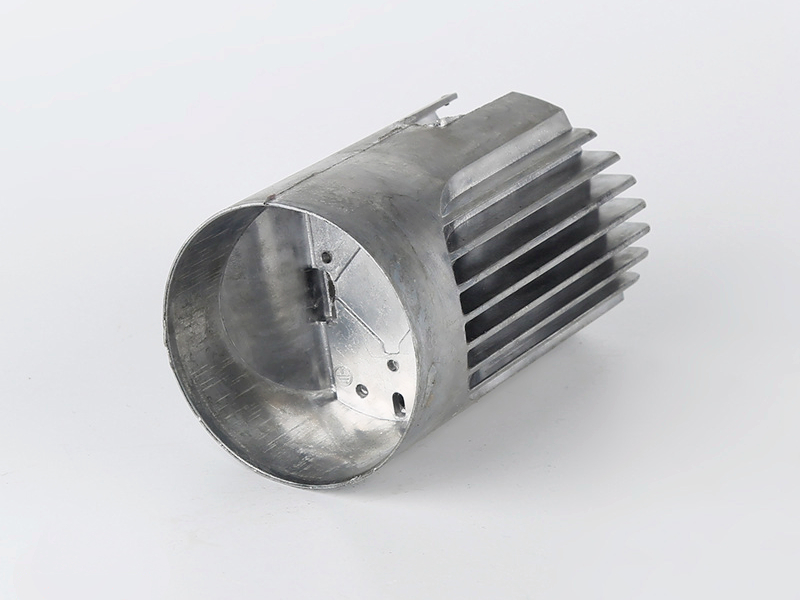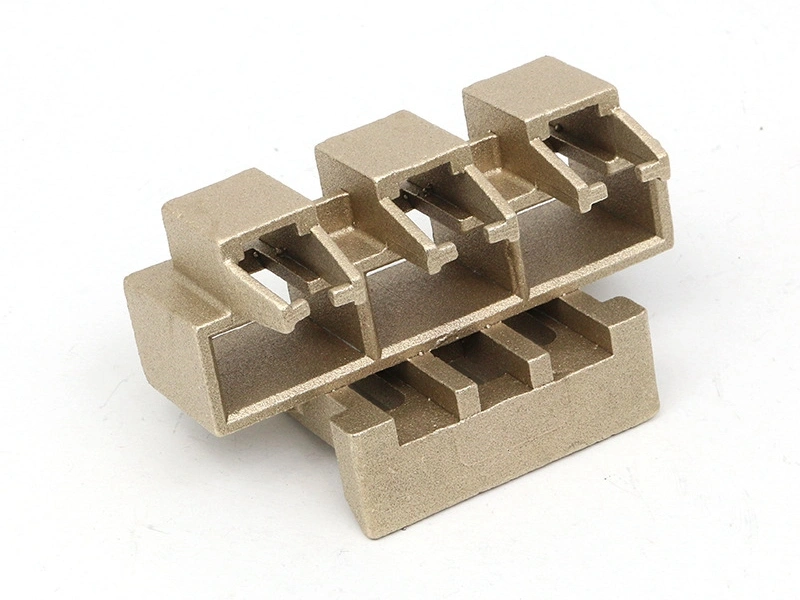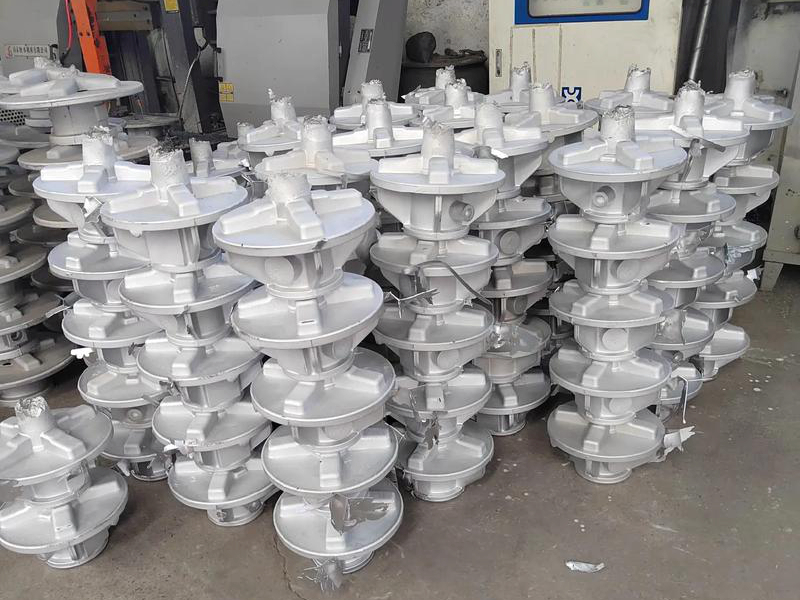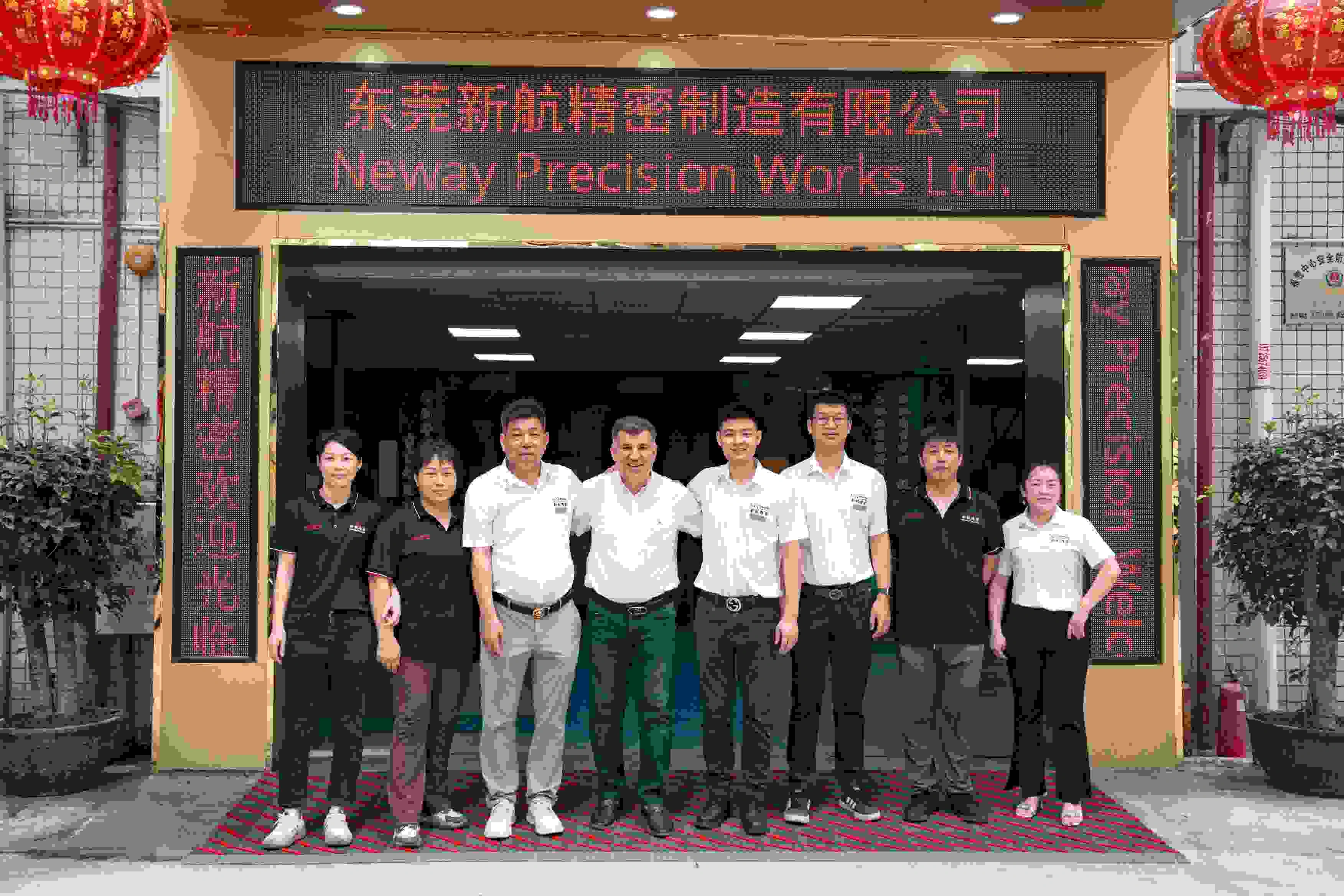TOP 10 Typical Defects in Metal Casting Projects: Comprehensive Analysis
Introduction
Defect control is a critical aspect of modern metal casting operations. Even with advanced casting technologies, defects can occur due to complex interactions between material behavior, process parameters, and mold design. If left unchecked, these defects can compromise part performance, increase scrap rates, and lead to costly rework or field failures.
This comprehensive guide analyzes the top 10 most common metal casting defects encountered in manufacturing. By understanding their root causes and effective prevention strategies, engineers and manufacturers can systematically improve product quality, reduce production costs, and enhance yield across both low-volume manufacturing and high-volume production environments.

Understanding Metal Casting Defects
Casting defects are deviations in a cast part that cause it to fall short of required quality, dimensional, or performance standards. Defects may appear externally or internally and can originate from a variety of process-related, material-related, or design-related factors. For manufacturers, understanding the nature of these defects is key to preventing them and achieving consistent production quality.
What Are Casting Defects?
Casting defects are typically classified into four broad categories:
Surface defects: visible imperfections on the exterior of the casting (e.g., rough surfaces, cold shuts, oxide films)
Internal defects: hidden flaws within the material (e.g., porosity, inclusions, shrinkage cavities)
Dimensional defects: deviations from specified dimensions (e.g., warping, shrinkage distortion)
Physical property defects: compromised mechanical or metallurgical properties (e.g., cracks, hot tears)
Defect formation can occur at multiple stages of the process, including melting, pouring, solidification, and cooling.
Why Defect Analysis Matters
Uncontrolled casting defects can have serious consequences:
Mechanical performance: Internal porosity, cracks, or inclusions reduce fatigue strength, tensile properties, and impact resistance.
Aesthetic value: Surface defects affect cosmetic appeal—critical for consumer electronics housings or decorative products.
Dimensional accuracy: Variations can increase post-machining costs and lead to assembly problems.
Production efficiency: Rework and scrap drive up costs and delay delivery.
Reliability: Defects in mission-critical parts (e.g., aerospace, automotive safety components) can lead to catastrophic field failures.
Robust defect analysis is a cornerstone of advanced quality management systems in both low-volume manufacturing and large-scale production.
By identifying root causes and implementing proven countermeasures, manufacturers can achieve superior product quality, optimize process control, and meet increasingly stringent industry requirements.
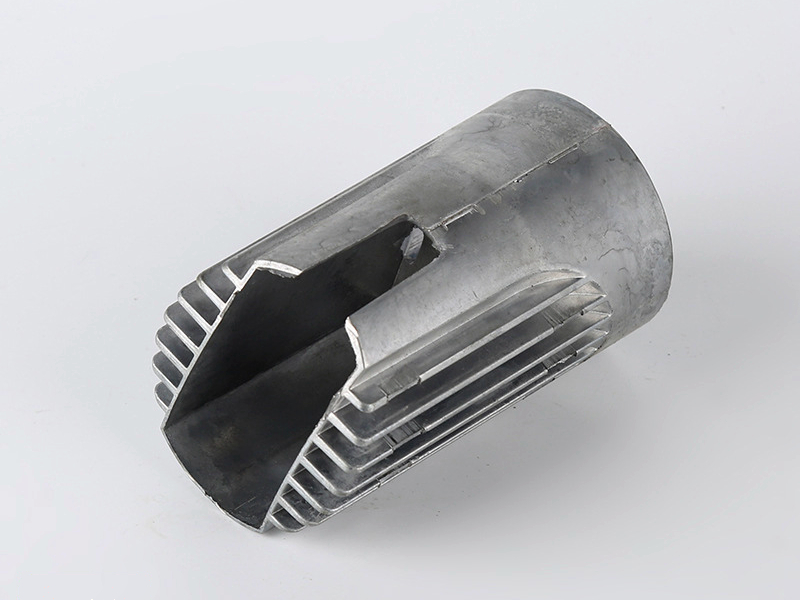
Top 10 Typical Metal Casting Defects: Root Cause & Solutions
Effective defect prevention starts with understanding the most common types of casting defects, their underlying causes, and the best strategies for mitigation. Below is a comprehensive analysis of the 10 most frequently encountered metal casting defects in manufacturing.
1. Porosity (Gas Porosity / Shrinkage Porosity)
Root Causes:
Entrapped gases during filling
Poor venting in molds
Inadequate feeding and solidification control
Solutions:
Utilize vacuum-assisted or vacuum high-pressure die casting (HPDC) to minimize gas entrapment
Implement mold flow analysis to optimize filling patterns
Improve gating, riser, and vent design
Control alloy cleanliness and degassing
2. Cold Shut
Root Causes:
Low metal temperature
Slow flow fronts failing to fuse properly
Turbulent or interrupted flow
Solutions:
Increase the pouring temperature
Optimize mold and part temperature uniformity
Refine gate placement and flow path
3. Misrun
Root Causes:
Insufficient metal fluidity
Premature solidification
Thin-walled section geometry
Solutions:
Increase the melt temperature
Redesign thin-walled sections
Improve flow rate and mold venting
4. Shrinkage Cavity
Root Causes:
Improper solidification sequence
Poor feeding design
Lack of directional solidification
Solutions:
Optimize riser placement and size
Use chills to promote directional solidification
Employ feeders and thermal control
5. Inclusion (Non-Metallic Inclusion)
Root Causes:
Contaminated melt
Slag entrapment during pouring
Mold erosion introduces particulates
Solutions:
Clean melt with flux or filtration
Implement ceramic filters in gating systems
Maintain clean melting practice
6. Cracks (Hot Cracking / Cold Cracking)
Root Causes:
High thermal gradients during cooling
Excessive internal stresses
Poor alloy selection or mold constraint
Solutions:
Optimize cooling rates and mold temperatures
Adjust alloy composition for ductility
Redesign geometry to minimize stress concentrations
7. Surface Roughness Defects
Root Causes:
Coarse or improperly prepared mold surface
Excessive turbulence during filling
Erosion of sand or mold coatings
Solutions:
Improve mold surface preparation or coating
Optimize filling velocity to reduce turbulence
Control pouring height and flow path
8. Hot Tears
Root Causes:
Constrained thermal contraction during solidification
Poor mold yield or part geometry creating stress risers
Solutions:
Optimize mold release and draft angles
Refine riser and feeder placement
Modify geometry to allow uniform contraction
9. Dimensional Variation
Root Causes:
Mold thermal expansion
Non-uniform cooling or shrinkage
Inconsistent mold material properties
Solutions:
Tight control of mold temperature and material consistency
Advanced inspection (CMM, X-ray) to monitor dimensional accuracy
Refine mold design and compensate for known shrinkage factors
10. Oxide Film Defects
Root Causes:
Surface oxidation of molten metal during flow
Turbulent filling creating folded oxide layers
Poor melt handling
Solutions:
Employ protective atmospheres during melting
Optimize filling sequence with mold flow analysis
Use vacuum HPDC where applicable
Minimize turbulence during pour
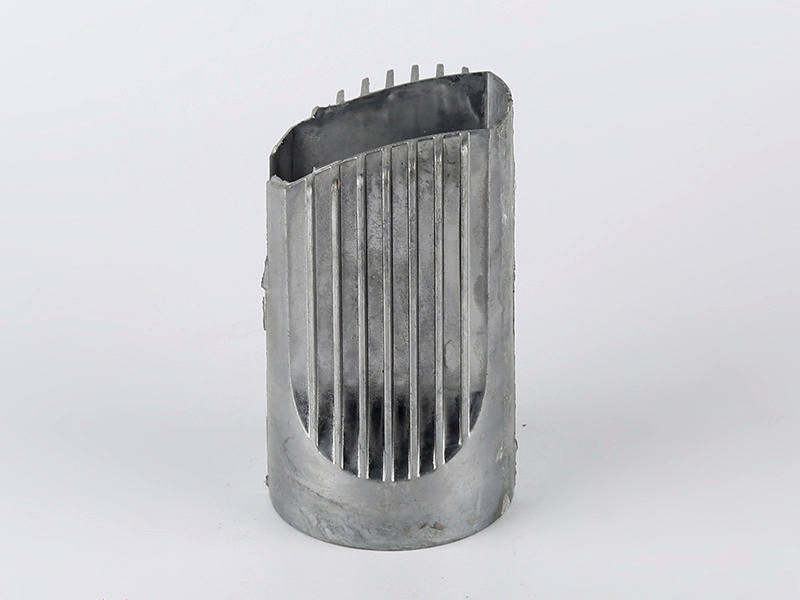
How to Systematically Prevent Casting Defects
A proactive, systematic approach is essential for reducing casting defects and ensuring consistent part quality. Below are proven strategies that manufacturers can implement across the entire casting process.
Design for Manufacturability (DFM)
Defect prevention starts at the design stage:
Collaborate with experienced casting engineers during product development
Simplify part geometry to avoid isolated hot spots and thin-wall/ thick-wall transitions
Add proper draft angles to facilitate mold release
Design feeders and risers that promote directional solidification
DFM dramatically reduces the likelihood of flow-related and solidification-related defects.
Advanced Simulation & Mold Flow Analysis
Modern mold flow analysis tools enable engineers to predict:
Flow patterns
Solidification behavior
Gas entrapment
Risk of shrinkage cavities or hot tears
By validating and optimizing mold design before cutting tooling, manufacturers can eliminate many root causes of defects before production even begins.
Process Control and Monitoring
Once production starts, precise control over key process parameters is essential:
Metal temperature: Tight control avoids cold shuts and misruns
Mold temperature: consistent temperature avoids dimensional variation and hot tears
Filling speed and pressure: optimized to avoid turbulence and gas entrapment
Cooling rates: balanced to minimize residual stresses and shrinkage
Real-time process monitoring with data logging helps ensure consistency and supports early identification of process drift.
Advanced Inspection and Quality Assurance
Even with excellent process design, verification is still critical, especially for mission-critical parts:
Coordinate Measuring Machine (CMM) for dimensional accuracy
X-ray inspection for internal porosity and shrinkage
CT scanning for detecting complex internal defects
Metallographic analysis for microstructure validation
Early and thorough inspection not only ensures quality but also provides valuable feedback to further optimize the casting process.
Conclusion
Casting defects remain a key challenge in achieving consistent, high-quality metal parts. However, by applying advanced engineering tools, robust process controls, and proactive quality management, manufacturers can dramatically reduce defect rates and improve yield.
Partnering with experienced suppliers like Neway Die Casting provides access to state-of-the-art simulation, inspection, and best practices, helping customers produce reliable, high-performance castings across diverse industries. With a systematic approach, defect-free casting is an achievable goal for today’s manufacturers.
